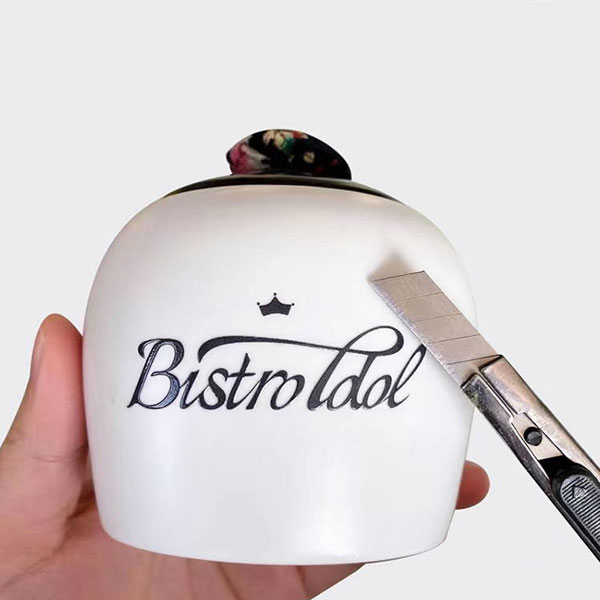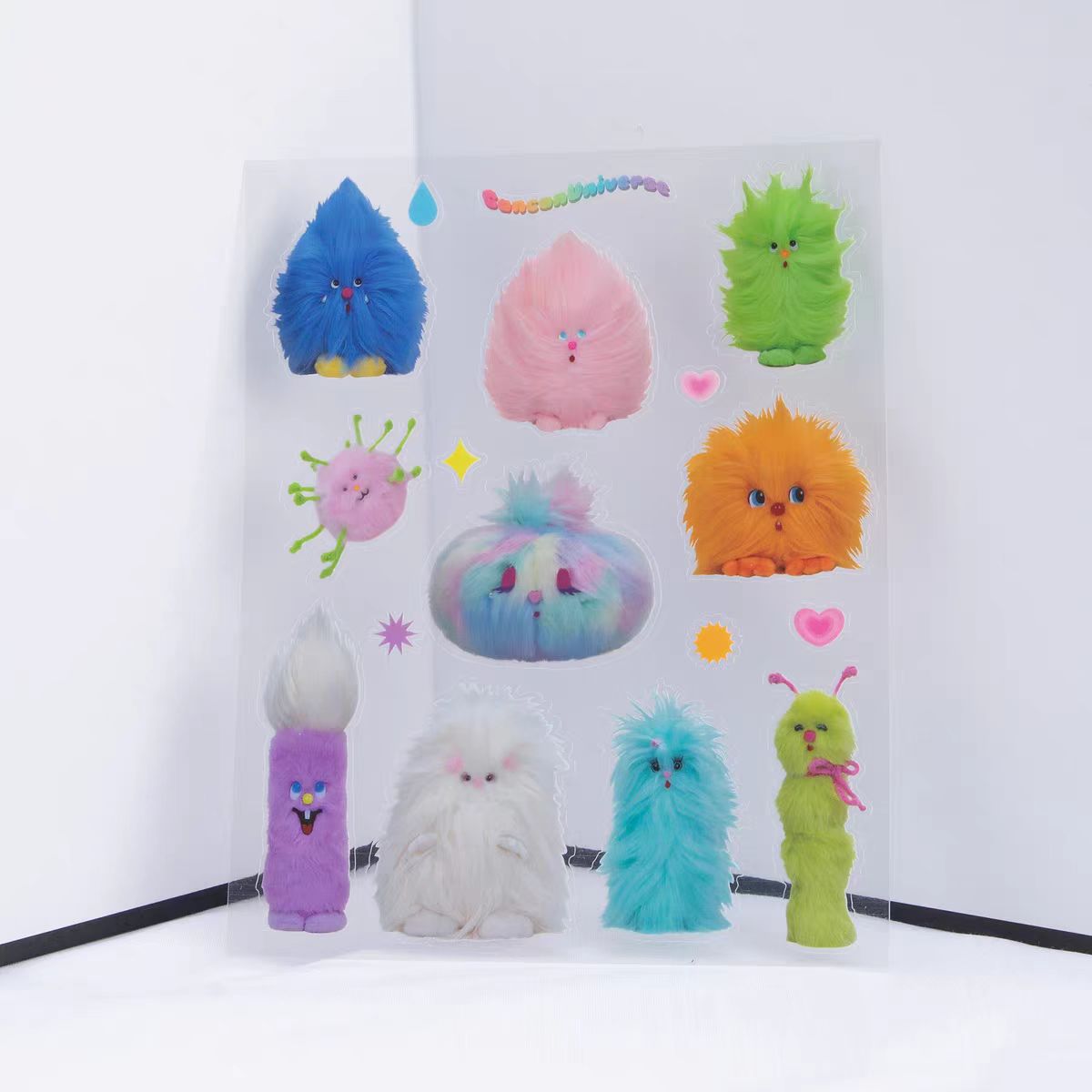Principle Of UV Sticker Creation
2025-03-14
The principle of UV sticker creation involves the utilization of UV digital print onto a transparent, thin film material. This innovative and versatile UV sticker printing method follows a typical process:

Firstly, the design or image intended for the sticker is printed directly, and face down, onto a transparent film using a specialized UV sticker printer. These printers are equipped with UV-curable ink, which is often preferred for its quick drying and curing properties.
After the printing stage, the UV-curable ink undergoes a curing process. This is achieved by exposing the ink to ultraviolet (UV) light, which ensures that the ink dries and adheres to the underlying film. UV curing is crucial as it helps to enhance the ink’s durability and resistance to fading. In other words, we can answer yes to the question: “Is UV waterproof?”, or “Is UV stickers resistant to wear and tear?”
Next, an adhesive is applied to the back of the printed image. The adhesive material can be either pressure sensitive or heat-sensitive adhesive. This layer enables the sticker to adhere to the desired surface when being applied.
Then, a backing layer is added to hold the design in place and to provide protection for the adhesive until the sticker is used.
Finally, the result is a UV sticker with 3 layers (the transfer film, the adhesive sticker and the backing layer) ready for use. You may associate UV stickers with traditional transfer stickers because of its 3-layer structure. However, these 2 types of stickers still have differences.





